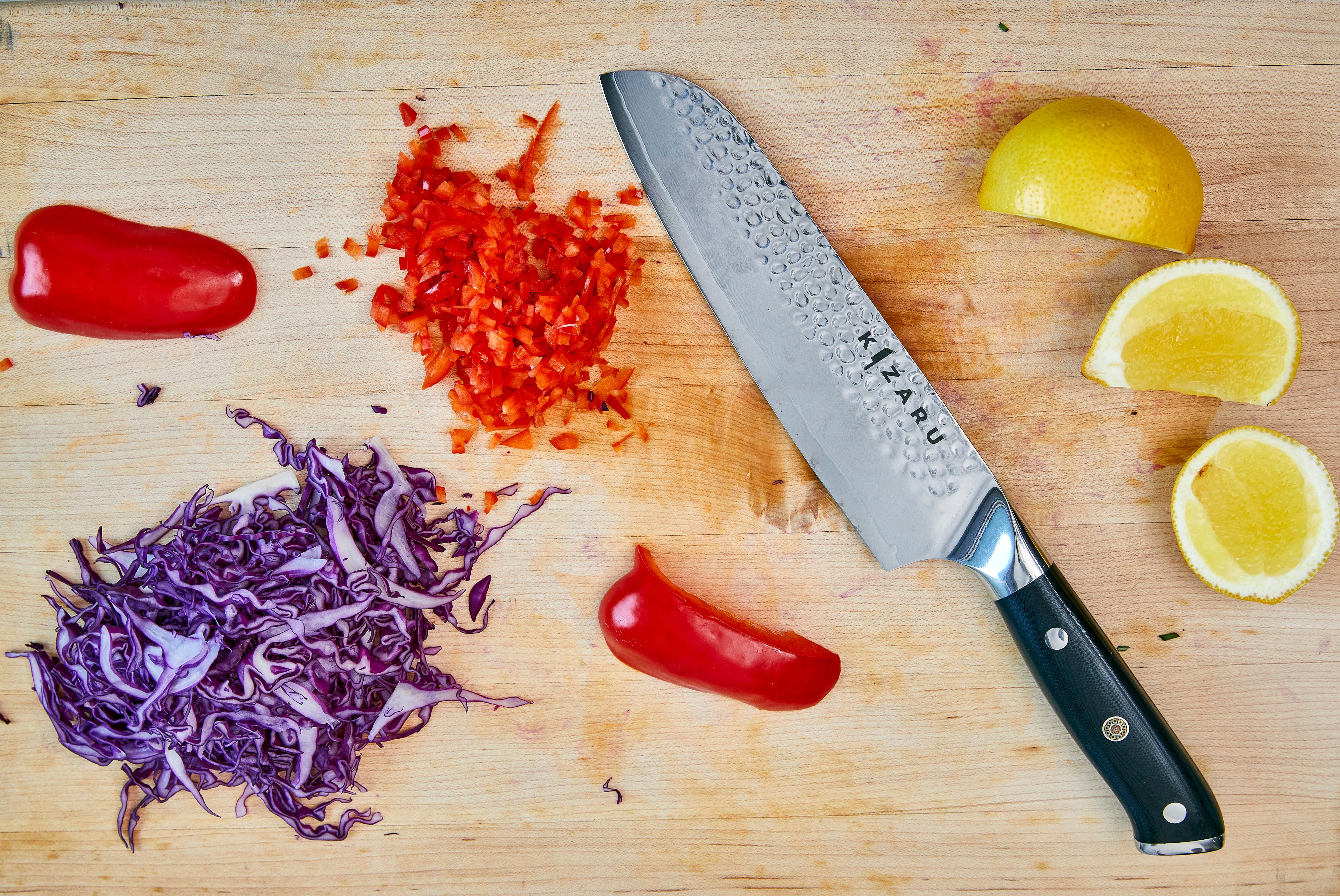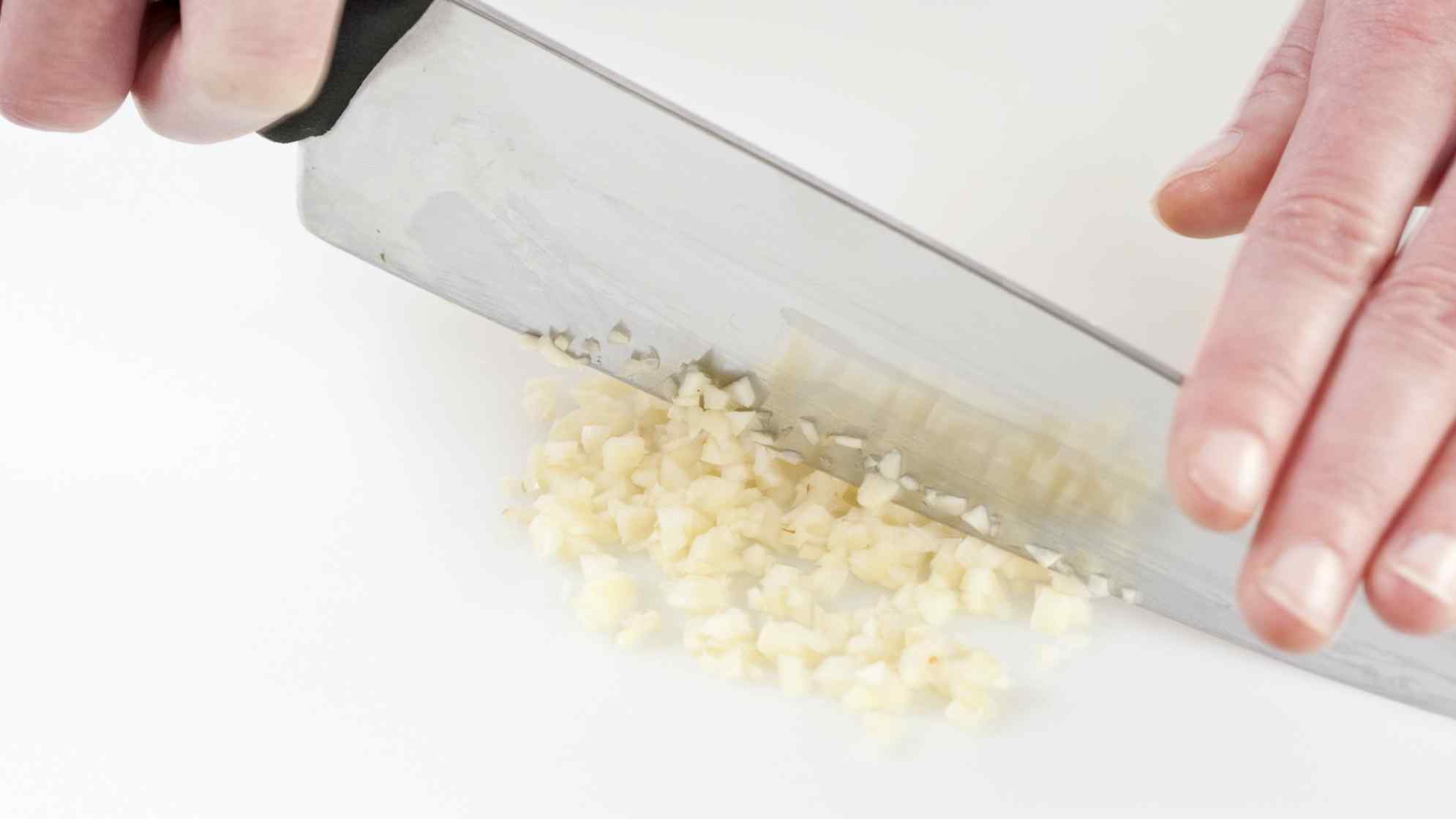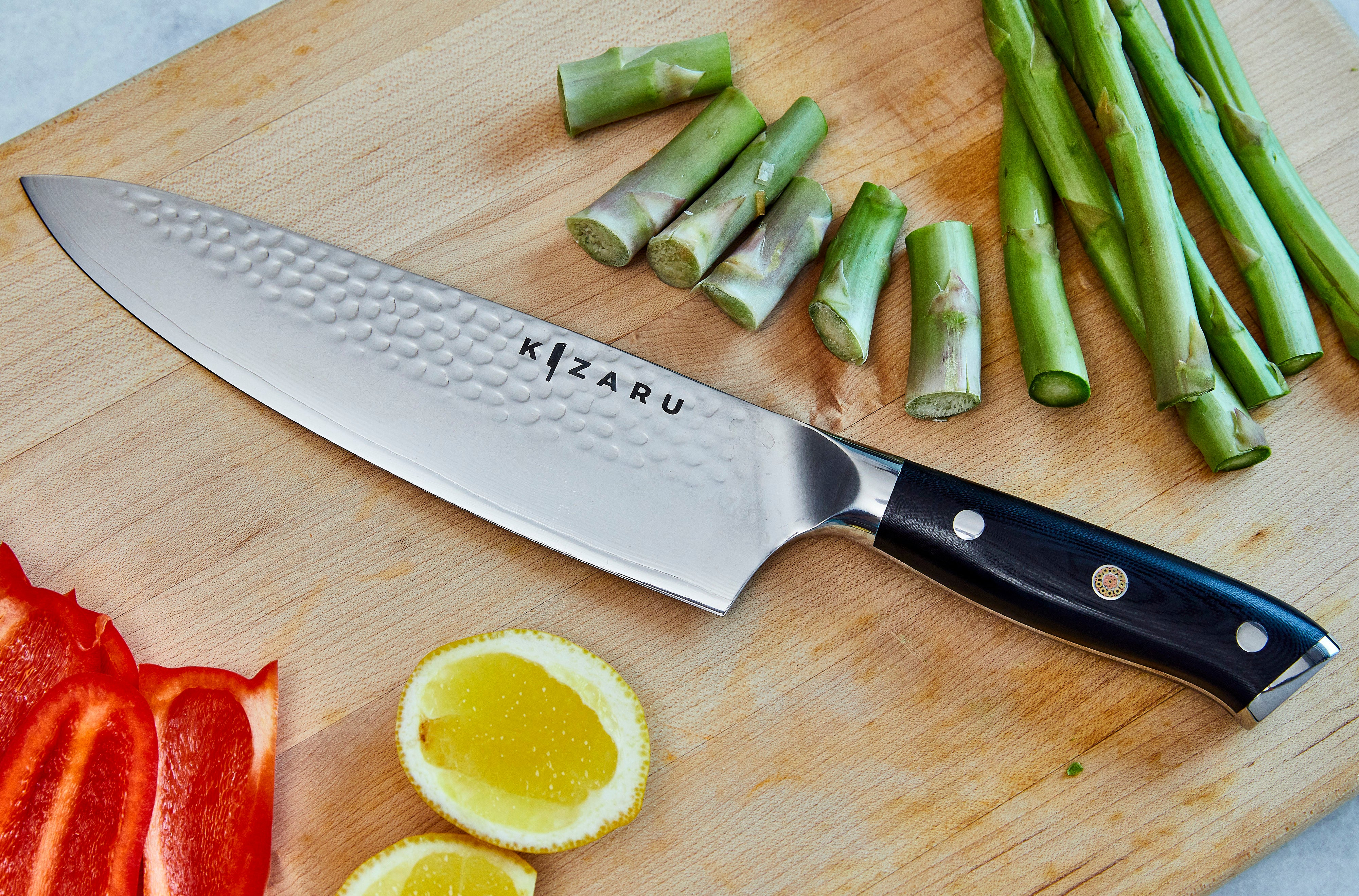Article: How To Make 6 Types Of Cuts | From A Professional Chef

How To Make 6 Types Of Cuts | From A Professional Chef
To become an efficient cook, it's crucial to master the different types of cuts. If you're not able to produce a given cut, you'll limit your ability to properly prepare a meal since the type of cut impacts the meal's experience.
On the other hand, if you're able to produce any cut, you can implement any recipe effortlessly or even get creative and mix-and-switch between cuts for different results.

1. Slice
Slicing consists of cutting across to create thin pieces. It's usually done on fruits and vegetables, but it's also suited for other ingredients like cheese and bread. For fruits and vegetables, use a paring or chef knife. For tougher ingredients, a serrated knife is recommended.
:max_bytes(150000):strip_icc()/__opt__aboutcom__coeus__resources__content_migration__serious_eats__seriouseats.com__images__2014__04__20140421-knife-skills-citrus-10-c7bac5a6bd53499fa64e3b65f21a052c.jpg)
2. Julienne
The julienne cut looks like a matchstick—long and squared. To produce these strips, it's recommended to use a chef knife so that you can achieve a long cut in a single stroke. This cut is commonly used for crunchy veggies like zucchini, cucumbers, peppers, etc.

3. Chop
The chop is one of the easiest cuts to produce. Just like it sounds, a chopped ingredient consists of bite-sized pieces that are cut without any precision—all you have to do is repeatedly chop the ingredient against your cutting board, ensuring each piece has the right size. A long blade like the chef's knife is best suited for this job.

4. Cube
Cubes are great when we want to produce chunkier, flavorful pieces. They're great for potatoes, meats, and veggies. You can make them in different sizes but a 1/2" size is a regular size if you're unsure what to go for. A chef's knife is recommended for this cut.

5. Dice
Dicing is very similar to cubing—it's still about uniformly cutting the ingredient into cubed pieces, but the size is smaller. The chef's knife is also great for this job.

6. Mince
Minced ingredients are the tiniest of all. They are extremely fine and best used as an addition to add texture (and flavor, of course). For example, minced ingredients are commonly used to create pasta sauces. Since the pieces are so finely cut, a chef's knife or even a food processor is recommended.
These are 6 frequently used cuts used in the kitchen. Like anything, it takes practice and experimenting to master them and know when to use each. But the important first step is to know them and try them out!



